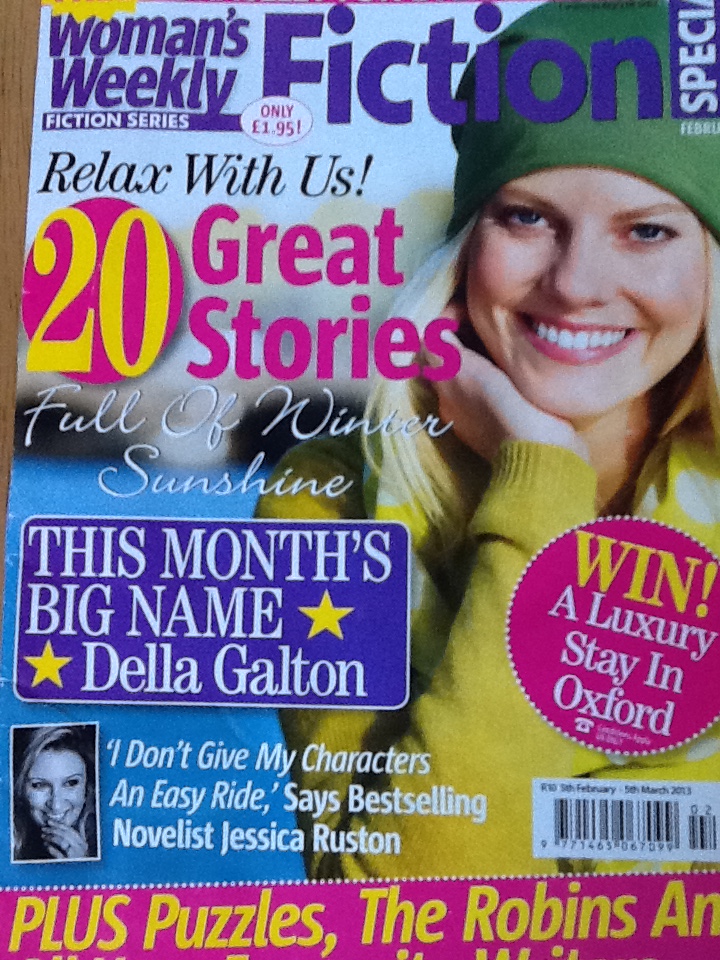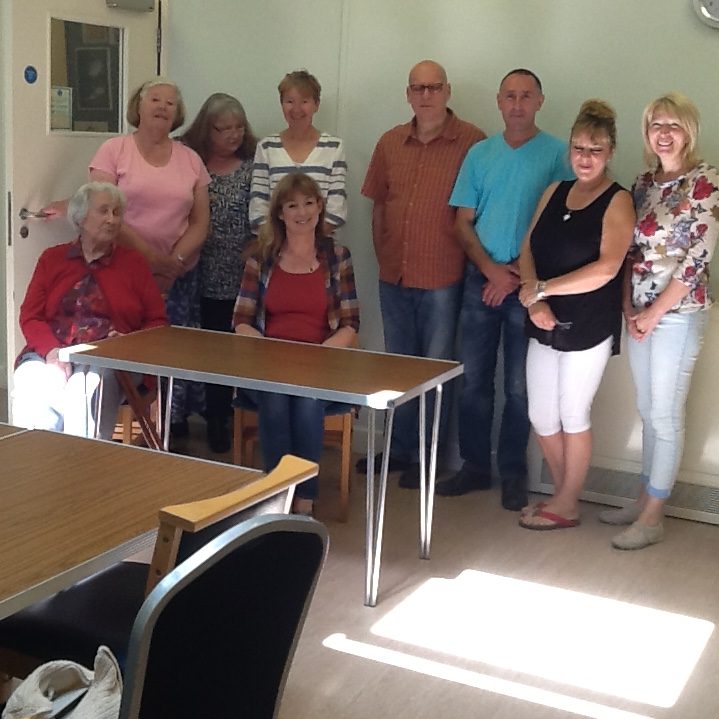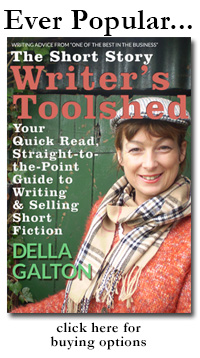Plotting was the bane of my life when I started writing. It still trips me up now occasionally, particularly when I’m changing lengths, for example from 1000 to 2000 words. So here are some tips for writing the longer short story. They are very popular in fiction specials.
This advice also works well when trying to reduce your longer stories to short ones. Just reverse it.
What’s the difference between 1000 words and 2000 words in plot terms?
There is not as much difference between the two as I thought when I first started writing. I assumed that if I needed one or two main characters with a problem to solve in a 1000 word story, then I’d probably need more characters and more of a problem for a 2000 or 3000 word story.
I soon discovered that this was not the case. You won’t necessarily need more characters or more plot for a longer short story, but you will need more development of both. This is usually achieved by writing more scenes.
Very short stories
In a 1000 word short story you won’t have room for more than a couple of scenes, probably three at the most and that might be pushing it. We will probably join your character at the point of change or conflict. For example, let’s assume your character is worried about a forthcoming appointment she has the following day. Your story might go something like this:
Scene one
Your character is discussing her worries with friend or partner.
Scene two
Your character goes for the appointment.
Scene three
Resolution and possibly a twist.
If you did follow the format above for a 1000 word short story, then you’d have to make your scenes extremely short – you’d have just over 300 words to devote to each one.
If you had more space to play with, you might also have a flashback of exactly why your character was so worried about her forthcoming appointment. Your story might then go something like this:
Scene one
Your character is discussing her worries with friend or partner.
Scene two
Flashback in your character’s viewpoint to show a previous occasion when she had to go to an appointment and it didn’t work out – hence meaning the stakes for today are higher and we (hopefully) care about it more.
Scene three
Your character at the appointment.
Scene four
Resolution and twist
The number of characters and the plotline are the same, but the story is longer and has more depth because we have more development of both.
This helped me so much when I first got it. Hope it helps you too. And if you’d like any more advice on writing short stories, please check out my two writing guides. How to Write and Sell Short Stories published by Accent Press and The Short Story Writers’ Toolshed published by Soundhaven.com






This is really useful. I have found that the 1000 worders I have sold nearly always have a twist but the longer ones usually haven’t. Whatever length story I write, I never even think about scenes or anything else – I just write. I’ve just sold a 4000 word story to FF with no thought except to expand the first line I had in my head… then I couldn’t stop! Having said that, I think you should ignore me and follow Della’s excellent advice – after all, she has sold hundreds more stories than me!
When I started writing 1,000 words seemed so much space to fill. Now it seems almost impossible to keep even the simplest of storylines down to that length.
Tee hee, Patsy, yes forgot to mention that this can happen too 🙂